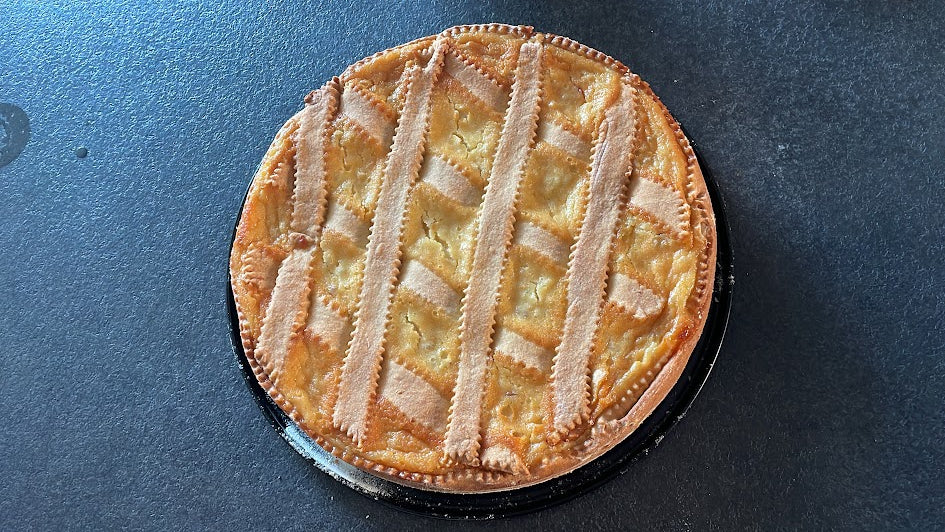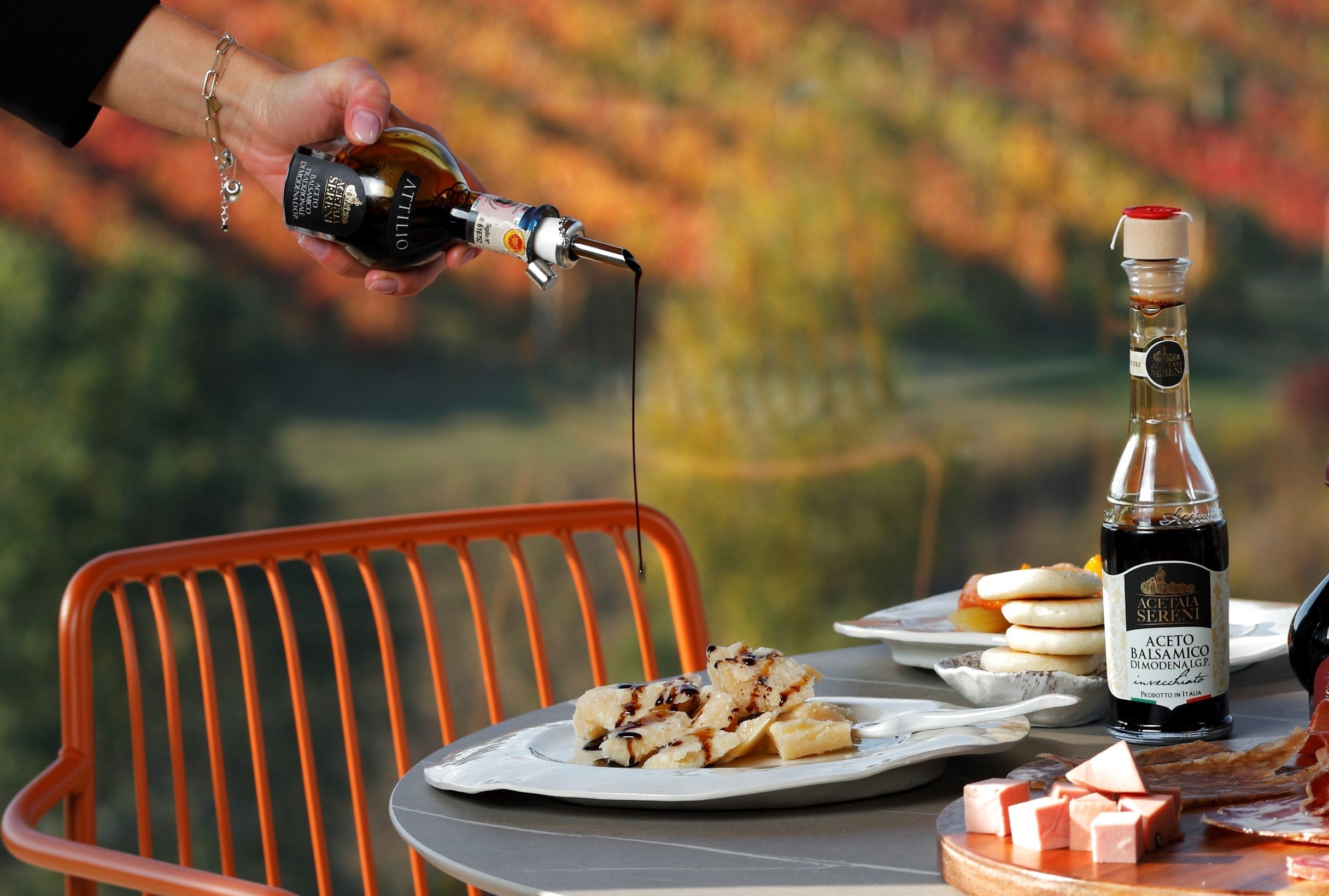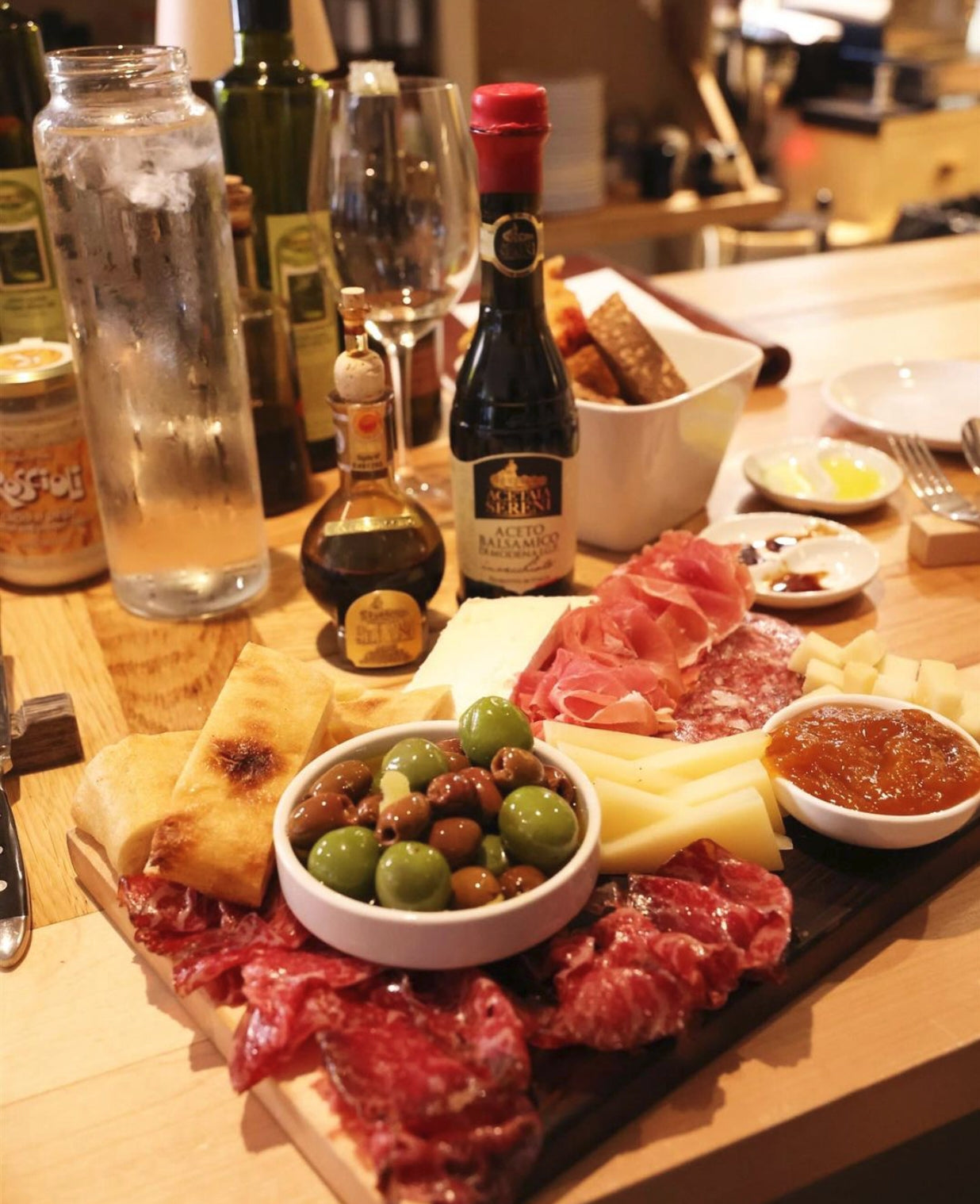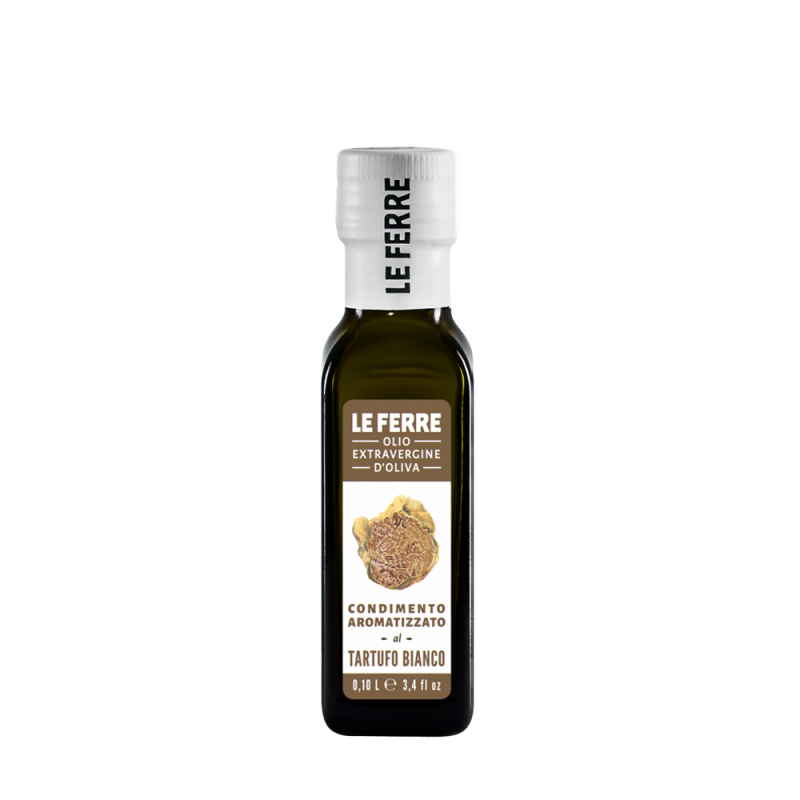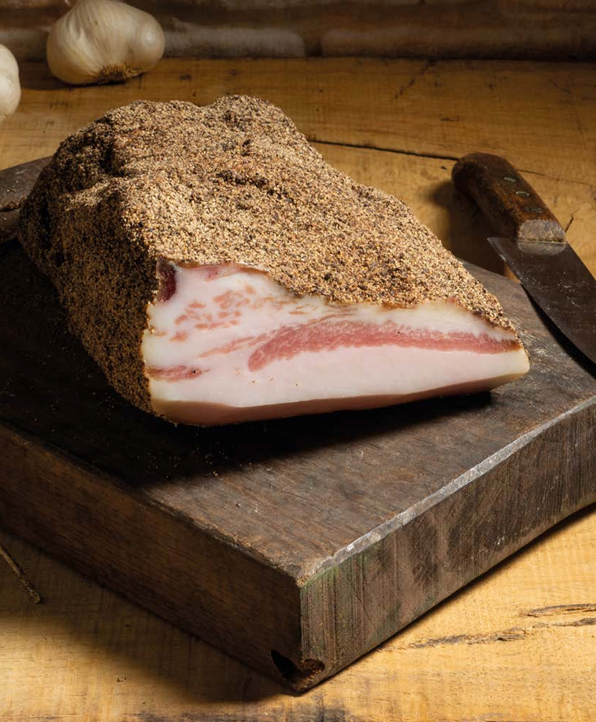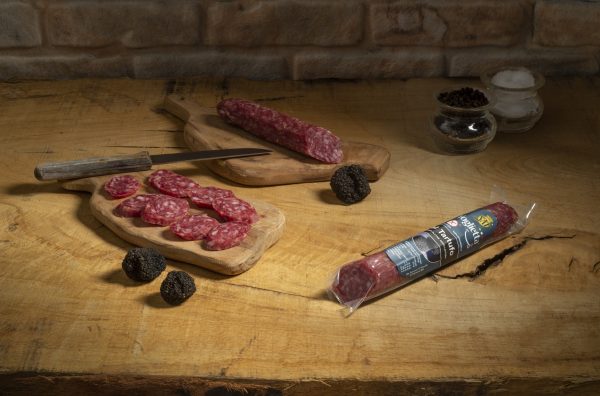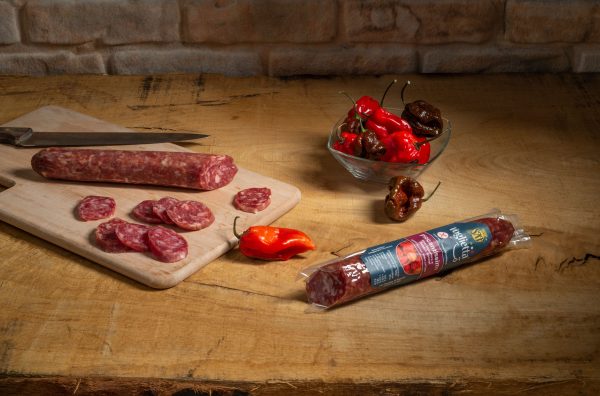Pastiera Napoletana is not just a cake, but a true symbol of Easter in Naples and the entire Campania region. Its origins are lost in the mists of time, shrouded in legends and anecdotes that enhance its charm. It is said that its creation is attributed to the nuns of the convent of San Gregorio Armeno, who, wishing to celebrate the Resurrection with a cake that recalled the scents of spring and the symbols of rebirth, united simple and genuine ingredients in a sublime creation.
Some scholars trace its roots back to pagan rites dedicated to the goddess Ceres, celebrating the return of spring and the fertility of the fields with offerings of wheat and ricotta. This hypothesis is supported by the use of cooked wheat, a distinctive element of the pastiera.
Over the centuries, the pastiera has become an indispensable element of the Neapolitan Easter tradition, handed down from generation to generation with small family variations, but maintaining its essence intact. Its preparation is a ritual that often involves the whole family, with waiting times and aromas that fill the house, announcing the arrival of Easter.
Today, the pastiera is appreciated throughout Italy and beyond its borders, but to taste the authentic essence of this cake, it is essential to follow the traditional recipe, respecting the times and the quality of the ingredients.
The Authentic Recipe for Pastiera Napoletana
This recipe follows tradition and requires a bit of patience, but the result will amply reward the wait.
Ingredients for a 24-26 cm diameter baking pan:
For the shortcrust pastry:
- 300 g all-purpose flour (type 00)
- 120 g granulated sugar
- 120 g cold butter, cubed
- 2 medium whole eggs
- A pinch of salt
- Zest of half an unwaxed lemon
For the filling:
- 350 g cooked wheat berries (canned, ready to use)
- 250 ml whole milk
- 25 g butter
- Zest of half an unwaxed lemon
- 1 vial of orange blossom flavoring (or 1 tablespoon of orange blossom water)
- 500 g sheep's milk ricotta cheese (well-drained for at least 2 hours)
- 400 g granulated sugar
- 4 medium whole eggs
- 2 medium egg yolks
- A pinch of ground cinnamon
- Zest of half an unwaxed lemon
- 1 vial of orange blossom flavoring (or 1 tablespoon of orange blossom water)
Instructions:
1. Prepare the shortcrust pastry (to be done in advance):
- In a large bowl, pour the flour and sugar. Add the cold butter cubes and quickly work with your fingertips until the mixture resembles breadcrumbs.
- Add the eggs, salt, and lemon zest. Knead quickly until a smooth and homogeneous dough forms.
- Wrap the dough in plastic wrap and let it rest in the refrigerator for at least 2 hours (preferably overnight).
2. Prepare the wheat:
- In a saucepan, pour the cooked wheat, milk, butter, and lemon zest.
- Bring to a low boil over low heat and cook for about 10-15 minutes, stirring often, until the milk is almost completely absorbed and the wheat is creamy.
- Remove from heat, discard the lemon zest, and add the orange blossom flavoring (or water). Let it cool completely.
3. Prepare the filling:
- In a large bowl, sieve the ricotta cheese (make sure it is well-drained to prevent the filling from being too liquid).
- Add the sugar and whisk until you get a smooth and lump-free cream.
- Incorporate the whole eggs and egg yolks, one at a time, mixing well after each addition.
- Add the pinch of cinnamon and the grated zest of half a lemon.
- Finally, add the cooled cooked wheat and the orange blossom flavoring (or water). Mix gently to combine all the ingredients.
4. Assemble and bake the pastiera:
- Take the shortcrust pastry out of the refrigerator and divide it into two parts (about 2/3 for the base and sides, 1/3 for the strips).
- Roll out the larger part of the pastry on a lightly floured surface to a thickness of about 3-4 mm.
- Line the bottom and sides of a greased and floured 24-26 cm diameter baking pan with the pastry. Prick the bottom with a fork.
- Pour the filling into the pan, spreading it evenly.
- Roll out the remaining part of the pastry and cut strips about 1-1.5 cm wide.
- Arrange the strips in a lattice pattern over the filling. Seal the edges well.
- Bake in a preheated static oven at 160-170°C (320-338°F) for about 60-75 minutes, or until the surface is golden brown and the filling is set.
- Important: Let the pastiera cool completely in the turned-off oven with the door slightly ajar. This step is crucial for its consistency and for the flavors to meld.
- Once cooled, sprinkle the pastiera with powdered sugar (optional).
Tips for a Perfect Pastiera:
- Quality of ingredients: Use fresh, high-quality sheep's milk ricotta. Canned cooked wheat is convenient, but make sure it's a good brand.
- Resting time: The resting time of the pastry in the refrigerator is crucial for its crumbly texture. The slow cooling of the pastiera after baking is also essential.
- Aromas: Do not underestimate the importance of the aromas (orange blossom and lemon), which give the pastiera its unmistakable scent.
- Tradition: Tradition dictates that the pastiera be prepared during Holy Week, ideally on Maundy Thursday or Good Friday, to be enjoyed on Easter Sunday.
Preparing the pastiera is an act of love and respect for tradition. Its enveloping aroma and unique flavor will make your Easter an unforgettable experience.

